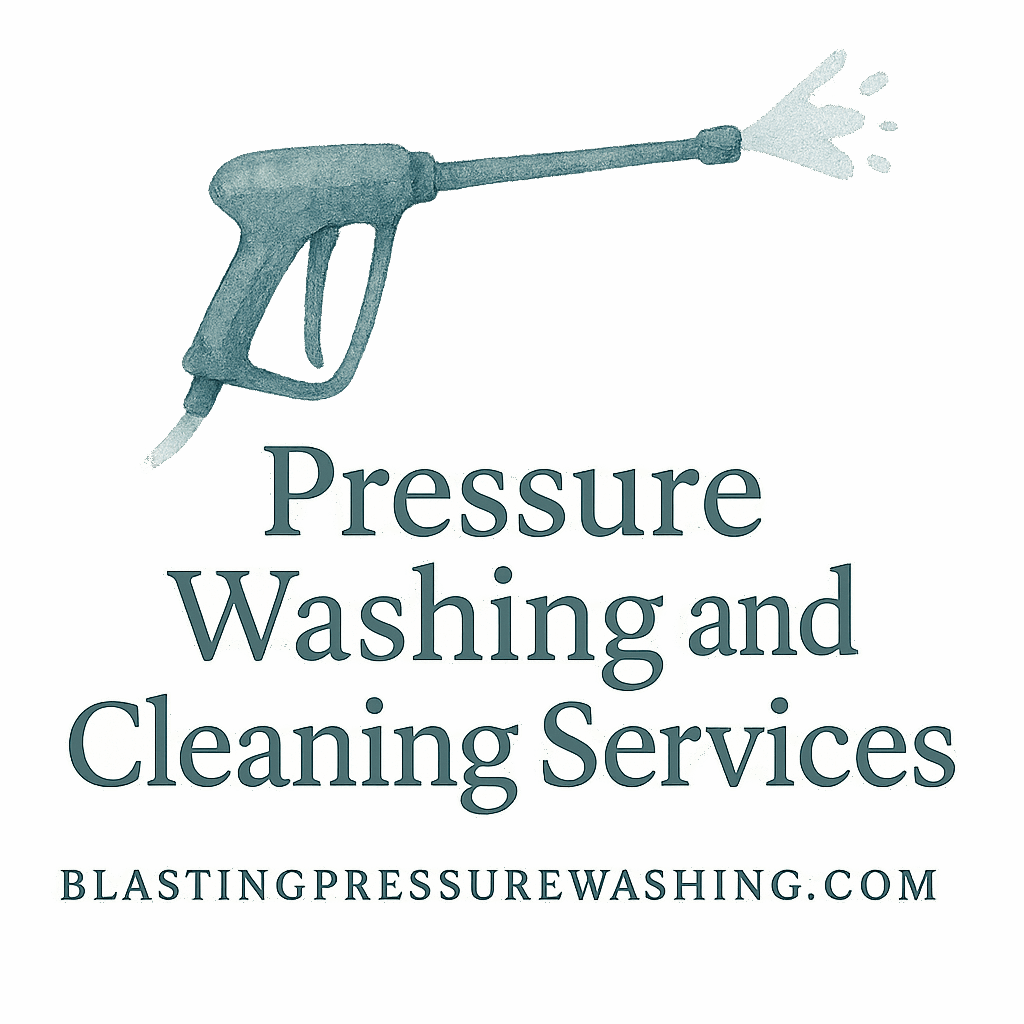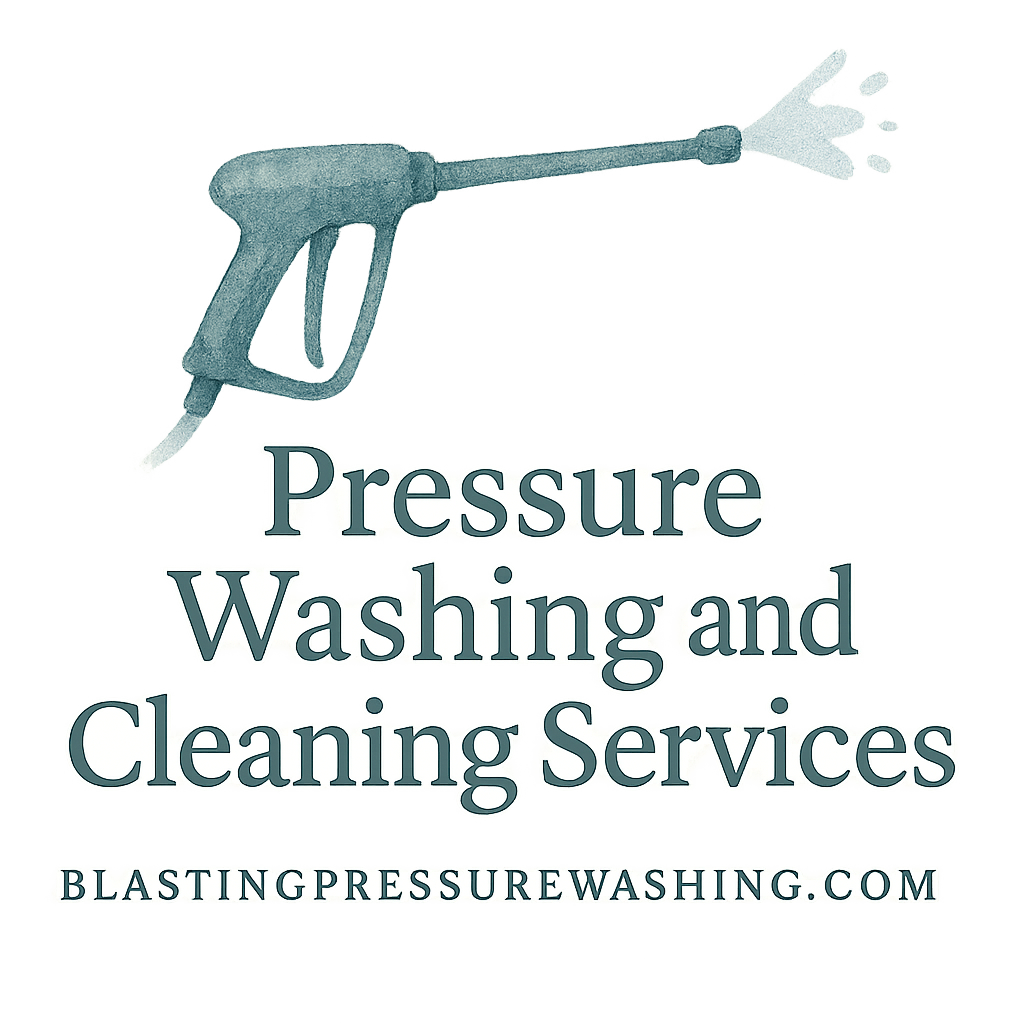Introduction
Pressure washing is one of those home improvement tasks that sounds pretty simple, right? Just grab a pressure washer, aim it at a dirty surface, and bam! It’s all clean. However, many myths about pressure washing persist, leading homeowners to make costly mistakes. Whether you’re a seasoned DIYer or just getting into the game, it’s essential to separate fact from fiction when it comes to pressure washing.
In this article, we’ll debunk 7 common pressure washing myths that can hinder your cleaning efforts and even cause damage to your property. From misconceptions about safety to incorrect usage of equipment, understanding the truth behind these myths can save you time, money, and frustration.
Myth 1: Pressure Washing Damages All Surfaces
One of the most widespread myths about pressure washing is that it can damage any surface, from your home’s siding to your driveway. While it’s true that high-pressure water can damage delicate surfaces, it’s not the whole story.
Understanding Pressure Settings
Not all surfaces require the same level of pressure. A professional pressure washer will adjust the settings based on the material you’re cleaning. For example, wood siding may need a lower pressure setting, while concrete driveways can handle higher pressure. So, it’s about using the correct pressure for each surface.
Using the Right Equipment
Besides the pressure, the equipment you use also matters. With the right attachments, nozzles, and cleaning agents, you can safely clean even delicate materials like glass or wood without causing damage. As long as you’re using the right settings and tools, pressure washing is an effective and safe cleaning method.
Myth 2: You Don’t Need Professional Help for Pressure Washing
Many people think pressure washing is easy enough to handle themselves. After all, how hard can it be? Grab a pressure washer, point it at a surface, and turn it on, right?
The Risks of DIY Pressure Washing
While this might work for smaller tasks, the risks associated with DIY pressure washing are very real. For example, improper use of pressure washing equipment can damage your home’s exterior or even cause injury. Furthermore, without the right technique, you might end up missing spots or even making stains worse.
When Professional Pressure Washing is Essential
Hiring a professional pressure washing service ensures the job is done correctly. Professionals understand the ins and outs of pressure washing, including which cleaning agents to use and how to adjust the pressure to prevent damage. If you have a large surface to clean or delicate materials, it’s best to call in the experts to get the job done right.
Myth 3: Pressure Washing is Only for the Exterior of Your Home
Many homeowners believe pressure washing is reserved solely for the outside of the house, such as cleaning the driveway or patio. While exterior cleaning is one of its most common uses, pressure washing is versatile and can be applied in numerous other scenarios.
Other Areas That Need Pressure Washing
Did you know that pressure washing can help clean your roof, gutters, and fence? Pressure washing can even be used on exterior furniture, outdoor appliances, and walkways. These areas can accumulate dirt, mold, and grime that may not be easy to remove through traditional methods.
Pressure Washing Interior Spaces
In addition to outdoor surfaces, interior pressure washing can be beneficial in areas like kitchens or bathrooms, where mold and mildew can build up. Using lower-pressure settings and the right attachments, professional cleaners can safely pressure wash these indoor areas without causing damage.

Myth 4: You Can Use Any Pressure Washer for Any Job
Another common myth is that all pressure washers are the same, and you can use any model for any task. While pressure washers do share basic features, different models are designed for different jobs.
Different Pressure Washer Types and Their Uses
There are two main types of pressure washers: electric and gas-powered. Electric models are typically lighter and better for smaller jobs like cleaning patios or vehicles. Gas-powered models are more powerful and can handle larger, tougher jobs, such as cleaning driveways or graffiti removal.
Choosing the Right Pressure Washer for Your Needs
To avoid the frustration of using the wrong tool, ensure you pick the right type of pressure washer. Consider the job’s scale, the material you’re cleaning, and your comfort level with the equipment. For large commercial properties, a gas-powered pressure washer is more appropriate, while for lighter residential tasks, an electric washer should suffice.
Myth 5: Pressure Washing is Always Effective for Stubborn Stains
Pressure washing can work wonders on dirt, mud, and grime. However, it’s not always the best solution for every type of stain.
Not All Stains Are Created Equal
Some stains, like oil or grease, may require more than just pressure washing. In such cases, additional detergents or specialized cleaning agents may be needed to break down the stain before using pressure washing to remove it. If you’re dealing with old stains, pressure washing might not be enough to get the surface back to its original state.
When to Use Other Cleaning Methods
For particularly tough stains, consider alternative cleaning methods like scrubbing, steam cleaning, or even hiring professionals who can employ a combination of techniques. Combining pressure washing with the appropriate cleaning agents can help ensure that stubborn stains are effectively removed.
Myth 6: Pressure Washing Will Completely Eliminate Mold and Mildew
While pressure washing is great for removing surface dirt and grime, mold and mildew are much more persistent and require specialized care.
Mold Removal Requires More Than Just Pressure Washing
Pressure washing can help remove the surface layers of mold and mildew, but it doesn’t address the root cause. Often, mold will regrow if the moisture issue isn’t fixed. Mold-resistant treatments are necessary to fully eradicate the problem and prevent recurrence.
Preventing Future Growth After Pressure Washing
After pressure washing, it’s important to take steps to prevent mold from coming back. This includes improving ventilation, fixing leaks, and using anti-mold treatments on surfaces prone to mold growth. A combination of pressure washing and proper maintenance will give you the best results.
Myth 7: Pressure Washing is Always a Quick Fix
Pressure washing is often seen as a fast and easy solution to cleaning problems. However, this isn’t always the case.
Factors That Impact the Time Required for Pressure Washing
The time it takes to pressure wash a surface depends on several factors, including the size of the area, the level of dirt, and the type of surface. A small patio might take just a few minutes, while a large driveway may take an hour or more. Sometimes, multiple passes are needed for a thorough clean.
Why Patience is Key for Effective Pressure Washing
Patience is crucial to achieving the best results. Rushing through the process can lead to incomplete cleaning or damage to the surface. It’s important to take your time, especially when dealing with larger surfaces or more stubborn stains.
Conclusion
Pressure washing is a powerful tool that can dramatically improve the appearance of your home or business, but it’s essential to understand the truth behind common myths. By using the right equipment, techniques, and professional help when needed, you can ensure that your pressure washing experience is both safe and effective.
FAQs
- Is pressure washing safe for all surfaces?
- No, pressure washing requires different pressure settings for various materials. Some surfaces like wood or delicate glass may need lower pressure to avoid damage.
- Can I pressure wash mold and mildew completely off my property?
- While pressure washing can remove surface mold, it doesn’t completely eradicate it. Additional mold treatments are needed to prevent regrowth.
- Is pressure washing effective for removing stains like oil or grease?
- Not always. Some stains may require special detergents and scrubbing in addition to pressure washing.
- Can I pressure wash my house’s interior?
- Yes, with the right equipment and technique, pressure washing can also be effective for cleaning indoor surfaces such as kitchens and bathrooms.
- How often should I pressure wash my driveway?
- It depends on the level of dirt or grime. For most homes, once or twice a year should be sufficient.
- Do I need to hire a professional for pressure washing?
- For large jobs or delicate surfaces, it’s recommended to hire a professional to ensure safety and effective cleaning.
- Can I use an electric pressure washer for heavy-duty tasks?
- Electric pressure washers are great for lighter tasks, but for heavy-duty jobs, a gas-powered pressure washer may be more suitable.


